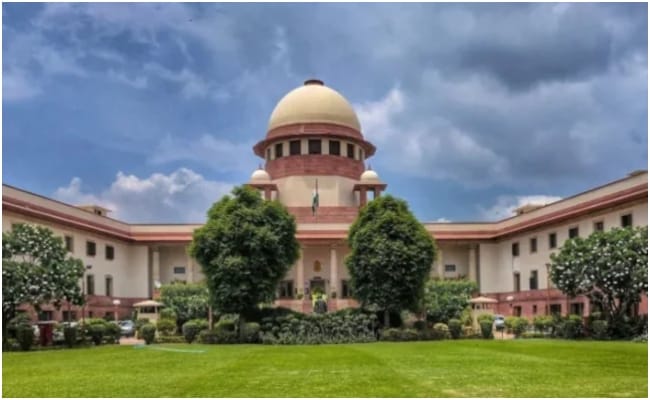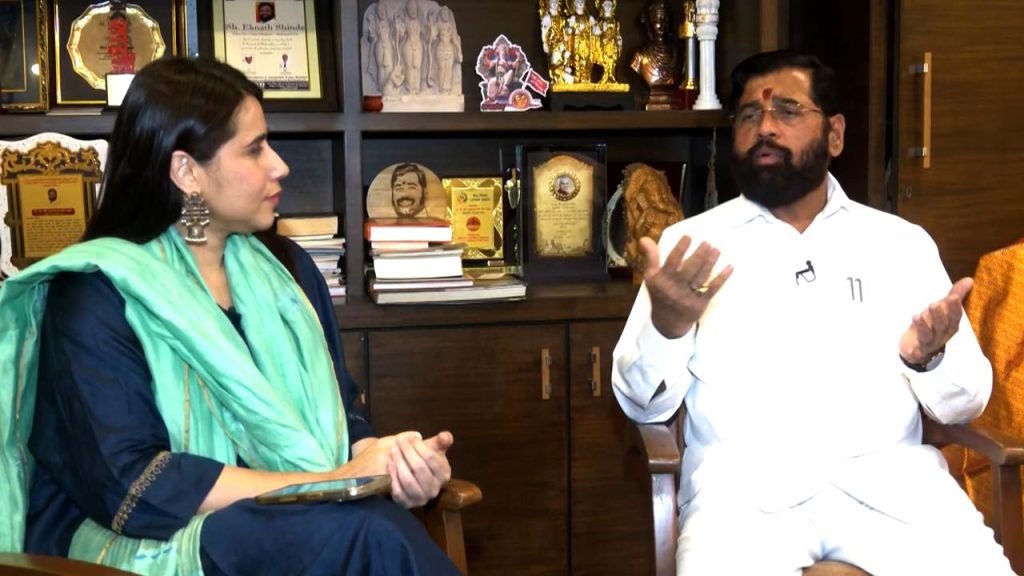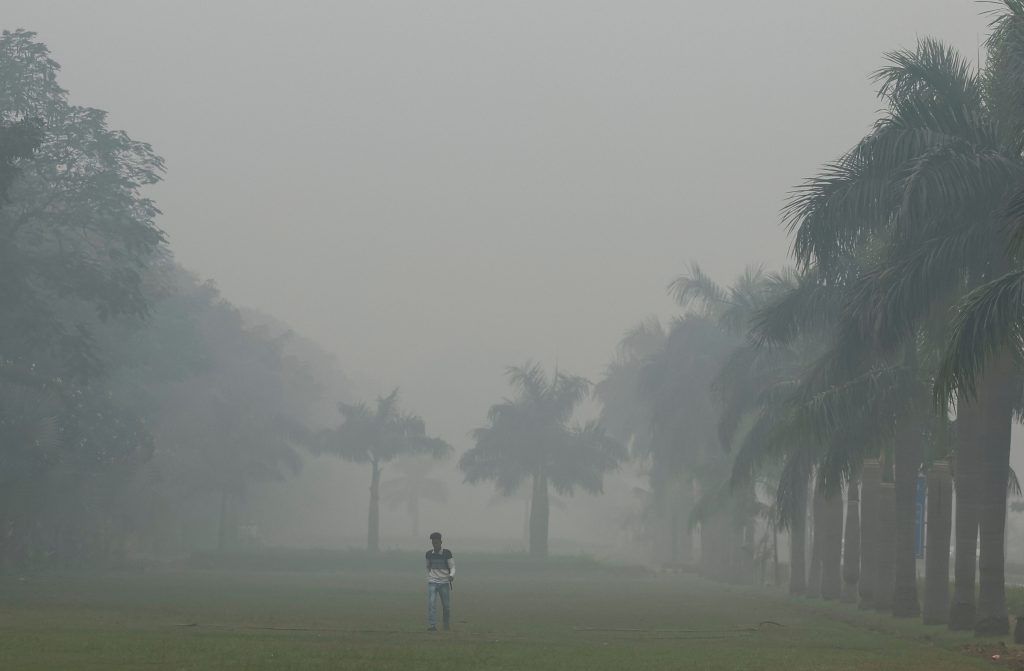Not all privately owned properties qualify as community resources that the State can take over for the common good, the Supreme Court said in a landmark verdict today. The nine-judge Constitution bench led by Chief Justice of India DY Chandrachud delivered the judgment on the vexed issue with an 8-1 majority. Three judgments were authored — the Chief Justice wrote one for himself and six colleagues, Justice BV Nagarathna wrote a concurrent but separate judgment and Justice Sudhanshu Dhulia dissented.
The case relates to Article 31C of the Constitution that protects laws made by the State to fulfill directive principles of state policy — guidelines the Constitution lays down for governments to follow while making laws and policies. Among the laws that Article 31C protects is Article 39B. Article 39B lays down that the State shall direct its policy towards ensuring that the ownership and control of the material resources of the community are so distributed as best to subserve the common good.
On this, the Chief Justice remarked, “Does material resource of a community used in 39B include privately owned resources? Theoretically, the answer is yes, the phrase may include privately owned resources. However, this court is unable to subscribe itself to the minority view of Justice Iyer in Ranganath Reddy. We hold that not every resource owned by an individual can be considered a material resource of a community only because it meets the qualifier of material needs.”
“The enquiry about the resource in question falls under 39B must be contest-specific and subject to a non-exhaustive list of factors such as nature of resource, the characteristics, the impact of the resource on the well-being of the community, the scarcity of resource and consequences of such a resource being concentrated in the hands of private players, the public trust doctrine evolved by this court may also help identify resources which fall under the ambit of material resource of a community,” he added.









